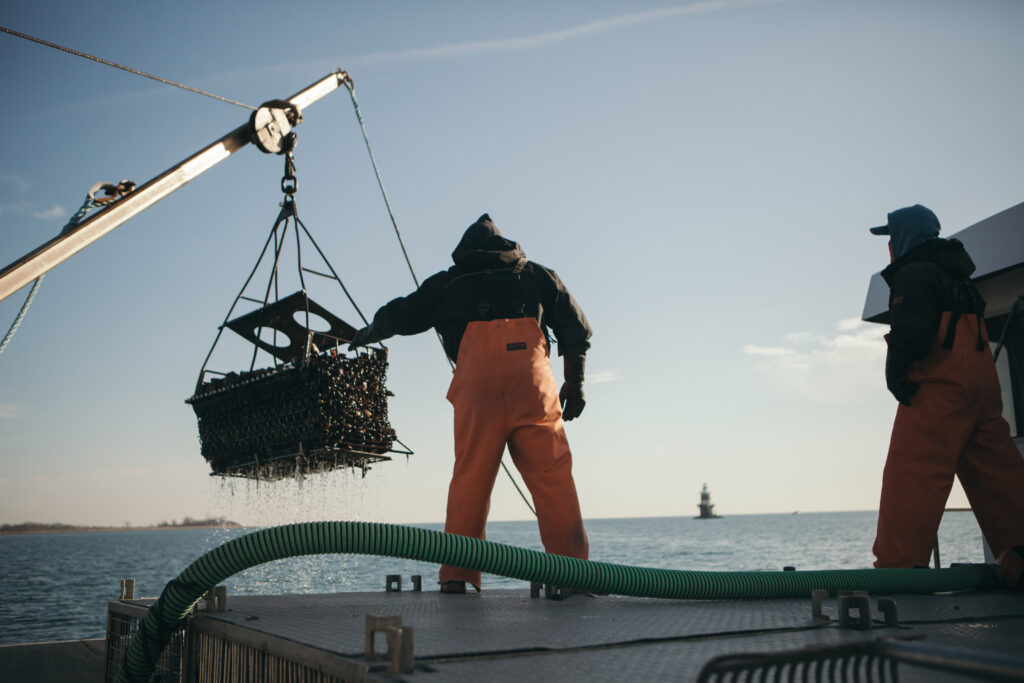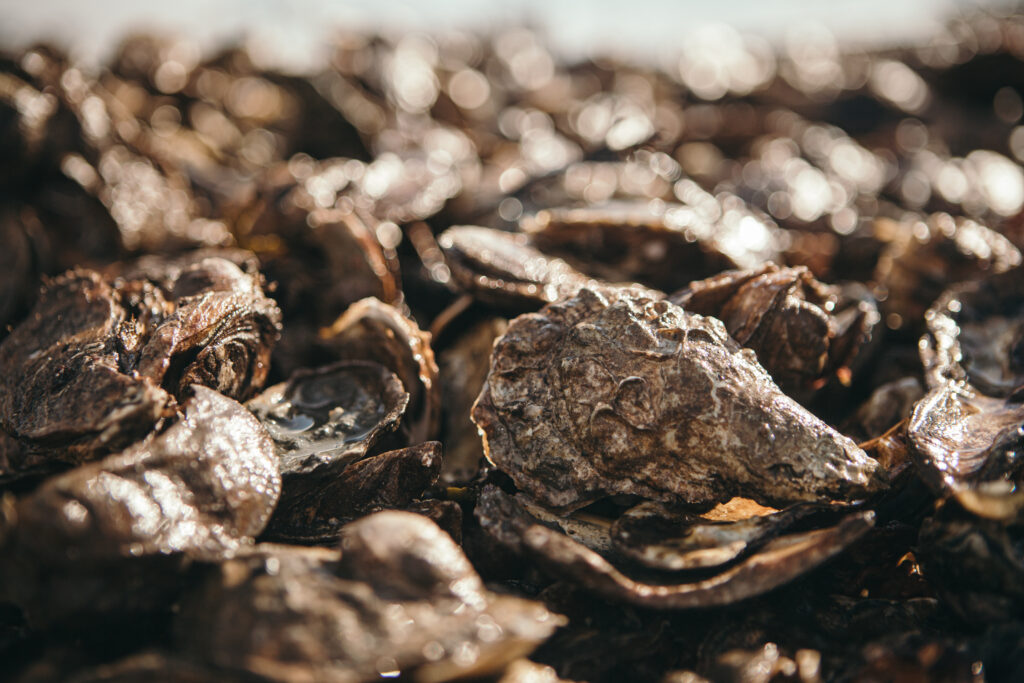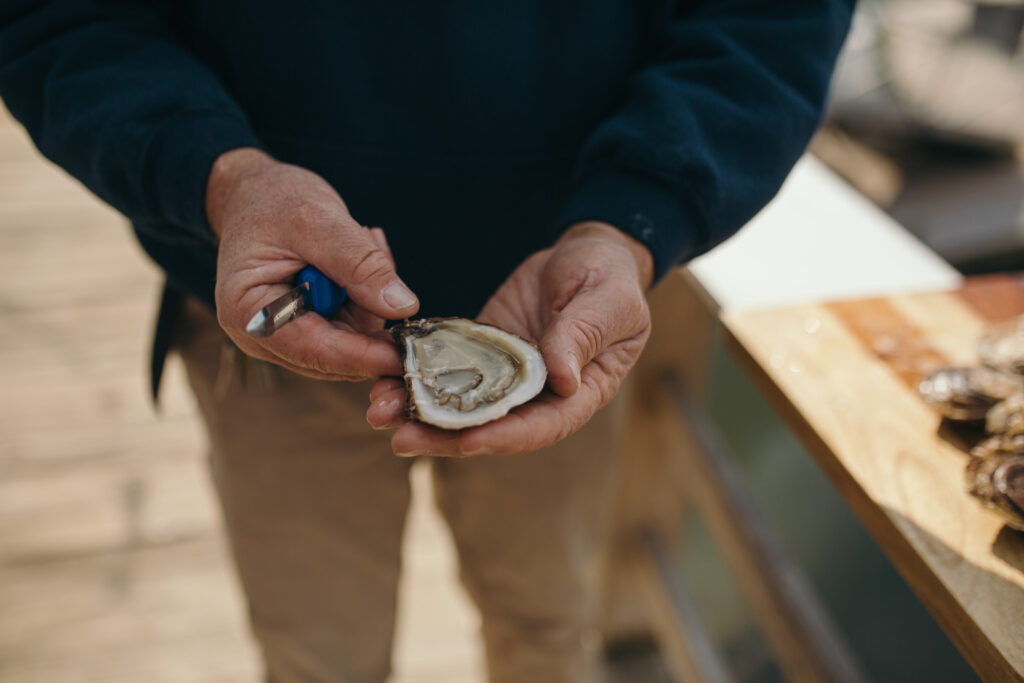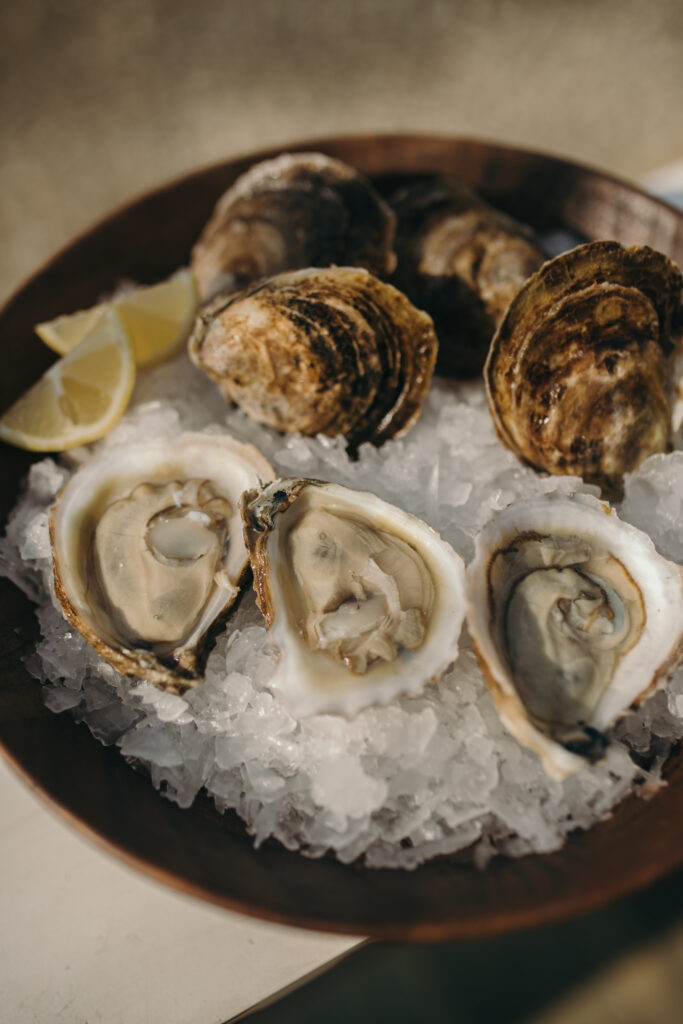November 9, 2022 @ 6:00 PM – 7:30 PM
Learn more about accepting SNAP/EBT and how easy it is to apply using the MarketLink service which provides free assistance and resources.
Related Events
November 13, 2022 @ 11:00 AM – 2:00 PM
Related Events
November 19, 2022 @ 9:00 AM – 12:00 PM
Related Events
November 26, 2022 @ 11:00 AM – 3:00 PM
Related Events
December 10, 2022 @ 9:00 AM – 2:00 PM
Related Events
November 13, 2022 @ 10:00 AM – 12:30 PM
Related Events
November 20, 2022 @ 11:00 AM – 2:00 PM
Related Events

An excuse to play dress-up, put up decorations, and eat sweet treats? No wonder we love Halloween so much.
Halloween is also a great time to throw a party, bringing together family and friends to enjoy spooky-themed dishes and see who can come up with the most creative costume. Whether you’re planning a party for little ones to enjoy after trick or treating, a fun occasion for your family, or a gathering among adults, you can find ways to make CT Grown part of the celebration.
”From CT Grown pumpkins to delicious apple cider, and even hard cider for the adults, there are many options for adding local flavor into your Halloween celebration,” says Jaime Smith, Bureau Director of the Connecticut Department of Agriculture’s Bureau of Agricultural Development and Resource Conservation.
Apples
Apples are one of the most well-known crops in Connecticut. More than 60 different varieties are grown in the state, with flavors ranging from sweet to tart. The 2017 Census of Agriculture, latest data from the USDA, shows that Connecticut has 280 farms growing apples on over 2,000 acres of land.
Many of these farms welcome guests to pay a visit and pick their own apples. You can find these pick-your-own locations on the CT Grown map, or visit a local farmers’ market or retail location to see what’s available.
We’ve grown plenty creative in Connecticut when it comes to apple dishes, serving up everything from breakfast dishes to apple pie. Check out this page for a full slate of recipes. Or if you’re pressed for time, you could always just upend a bag from your local orchard into a bucket of water and invite your guests to go bobbing.
Pumpkins, gourds, and squash
It’s not a party without decorations, and no Halloween celebration is complete without a jack o’ lantern. Thankfully, Connecticut is well-stocked on pumpkins. In fact, the fat orange specimens favored for carving are known as Connecticut field pumpkins, and they have been cultivated here since pre-colonial times.
Pumpkins aren’t just a good way to demonstrate your creative skill. Save the seeds you scoop out and toast them with some cinnamon and sugar for a delicious, easy to make party snack. Connecticut field pumpkins can also supply you with the base ingredient for pumpkin pies, soups, and more.
Pumpkins are nearly as prolific as apples in Connecticut, with 267 farms offering them in 2017. Many of these venues also sell gourds, which appear almost otherworldly with multiple colors, curving shapes, and a slew of bumps. Simple and inexpensive, gourds offer an easy way to add festive flair to the spread of food and beverages at your party.
While soft-shelled gourds are destined for the compost bin after your party, hard-shelled ones can easily be repurposed. Once they’re cured and dried, they can be remade into drinking vessels, spoons, birdhouses, and any number of other useful items.

Appetizers with in-season produce
Several vegetables are still in season in Connecticut, and you can pick them up for a healthy party snack. As an added benefit, the late season harvest crops also lend themselves well to ghoulish arrangements on the appetizer tray. Here are a few ideas:
- Broccoli Frankenstein: Get artistic with your vegetables and create the face of Frankenstein’s monster. Florets of fresh CT Grown broccoli make a perfect base for this project. To take a look at a similar project featuring Mike Wazowski from Monsters Inc., click here.
- Cauliflower Brain: Ever see the head of a cauliflower and think it looks a bit like a brain? Complete the illusion by roasting the vegetable and adding a topping like buffalo sauce or a creamy pink dressing. Check out this recipe, which takes the additional step of putting the final result into the head of a jack o’ lantern.
- Radish Eyeballs: Who knew radishes could be so creepy? Simply peel the radish and pop in an olive and you’ll have the perfect garnish for your appetizer plate or Halloween cocktail. Get more ideas for this spooky snack here.
Cider
Every fall, Connecticut residents eagerly await the availability of apple cider. Many Connecticut orchards produce this beverage, and some cider presses have been in operation for a century or longer.
Cider is created when ground-up apple mash is crushed beneath a press’s wooden boards, with the resulting juice strained through press cloths. Unlike apple juice, cider is unfiltered and has a darker color since apple particles are suspended in the drink.
Sweet cider will start to ferment over time, so drink it up fast — or set some of it aside for apple cider donuts.
Of course, fermented apple cider is exactly what some people will be after for their Halloween party. Several farms offering sweet cider will also have hard cider available. Look for both traditional options and those flavored with other locally grown ingredients like honey, hops, pumpkin, and berries.
Chocolate milk
Last year, we explained why we were naming chocolate milk the official drink of Halloween. This beverage provides 13 essential ingredients, namly calcium, vitamin D, and potassium; delivers a healthy dose of protein; and helps keep you hydrated.
Chocolate milk is a treat for all ages, but it’s a particularly good choice if your Halloween party will have younger guests. Look for a CT Grown choice to help support the 90 dairy farms in operation in Connecticut.

Wine and beer
Autumn is harvest time for the 45 licensed farm wineries in Connecticut. While the grapes collected this year won’t make their way into your stemware for awhile, you can pick up a few bottles made from previous harvests at a Connecticut Wine Country location. Learn more about where to find Connecticut wine here.
Fall also means seasonal beers at Connecticut’s independent breweries, many of which source their ingredients from local farms. While pumpkin flavored beers abound at this time of year, you’ll also see more brown and amber ales on tap, as well as heavier, more filling options like porters and stouts.
Drink responsibly, and enjoy a safe, spooky CT Grown Halloween!

More than 31 million oysters were harvested commercially from 60,000 acres of shellfish beds along the Connecticut coast in 2019. For those keeping count, that’s about 9 oysters for every single resident in our agriculture and aquaculture-rich state.
“Connecticut is fortunate to have such robust aquaculture resources that have been protected through the wise actions of our prior generations,” shares David Carey, director of the Connecticut Bureau of Aquaculture. “I’m pleased to see so many of our residents and visitors enjoying our locally-sourced seafood products and we look forward to continued growth of Connecticut’s aquaculture as we explore new opportunities.”
While October is commonly associated with the apples, pumpkins and other seasonal products of the harvest season, it’s also a time when we recognize the other producers that supply our favorite fish markets, clam shacks, and shore dinners. National Seafood Month recognizes the abundance, quality, and effort that goes into the daily aquaculture harvest and the race to keep it fresh.
Shellfish
Shellfish plays a significant role in Connecticut’s aquaculture sector. All along our coastline, you can find an abundance of oysters, clams, mussels, bay scallops, and edible snails such as whelks and conch.
Here’s a look at the impact shellfish have had on Connecticut’s economy:
- Connecticut’s shellfish industry has 50 farms and 28 wholesale distributors
- The shellfish industry supports more than 300 jobs in the state
- Shellfish sales to consumers generate about $30 million each year
- Nearly 10,000 people apply for recreational shellfishing permits each year, supporting Connecticut towns with about $100,000 in revenue
With a vibrant industry so close at hand, consumers can easily find fresh CT Grown shellfish at local fish markets and farmers’ markets. At eateries ranging from humble clam shacks to upscale seafood restaurants, you can experience how Connecticut chefs are turning the local catch into delicious meals.
You can find out more about local oyster options here. Or, if you need some help shucking an oyster or clam, check out this tutorial.



Shellfish are not only a delicious source of food, but also offer several benefits to marine environments. By consuming and storing excess nutrients, they help to improve water quality and prevent algal blooms. Shellfish like oysters act as foundational species, forming reefs that provide habitats for other creatures.
Connecticut has a proud history of sustainable practices in shellfish, dating back to a 1750 law allowing towns to regulate their own harvests to prevent overfishing. The recently released Connecticut Shellfish Restoration Guide looks to ensure the future of the industry by increasing shellfish and fisheries production, strengthening coastal habitats, improving water quality, and stabilizing shorelines.
The Connecticut lobster roll
Look, we know Maine is supposed to be the New England champion when it comes to lobster. But ask the locals in Connecticut, and they’ll tell you we do a better lobster roll.
For one thing, we invented it. The story goes that sometime in the 1920s, a regular customer at Perry’s restaurant in Milford asked owner Harry Perry if he could prepare his lobster off the shell and on a roll. Harry was up to the challenge, and the rest is history.
The lobster roll that originated at Perry’s is still a favorite in our state. Instead of the lobster salad mixed with mayonnaise and served cold, the Connecticut lobster roll is served warm, drizzled with butter, in a toasted hot dog bun.
While lobster rolls are traditionally summer fare, many Connecticut lobster shacks are still open through the fall. Find one near you, and give this delicious sandwich a try.
Seaweed
A more recent addition to the CT Grown menu is seaweed and kelp, raised locally to be sold to restaurants and directly to the consumer. A small number of producers have started working fifteen permitted seaweed sites for the cultivation of sugar kelp and Gracilaria.
Not sure how you can incorporate seaweed into your cooking? Check out this seaweed cookbook for a wealth of ideas.
Like shellfish, seaweed and kelp help clean the water by absorbing carbon, phosphorus, and nitrogen as they grow. In addition, some of the seaweed grown in Connecticut waters ends up being used as a fertilizer — an innovative way aquaculture is supporting onshore agriculture.
With more than 300 miles of shoreline, people in every Connecticut community can access fresh, locally sourced seafood. Look for CT Grown aquaculture products at your local market and your favorite restaurants.
October 4, 2022 @ 4:00 PM – 6:30 PM
Taking place on an all women-owned maple business that runs on renewable energy, this workshop offers an informal producer-to-producer discussion on sap collection and processing techniques. Topics will include sap line layout and maintenance, evaporator use and sap processing techniques, different evaporator energy sources (solar vs. wood vs. fossil fuels), as well as Justamere Tree Farm’s production of value-added products like maple cream and sugar.
CEU credits: 1.25 for Connecticut state foresters. If interested in Massachusetts forester CEUs, email [email protected].
Event takes place rain or shine. RSVP not required, but contact [email protected] if you are interested in giving advance notice of attendance.
